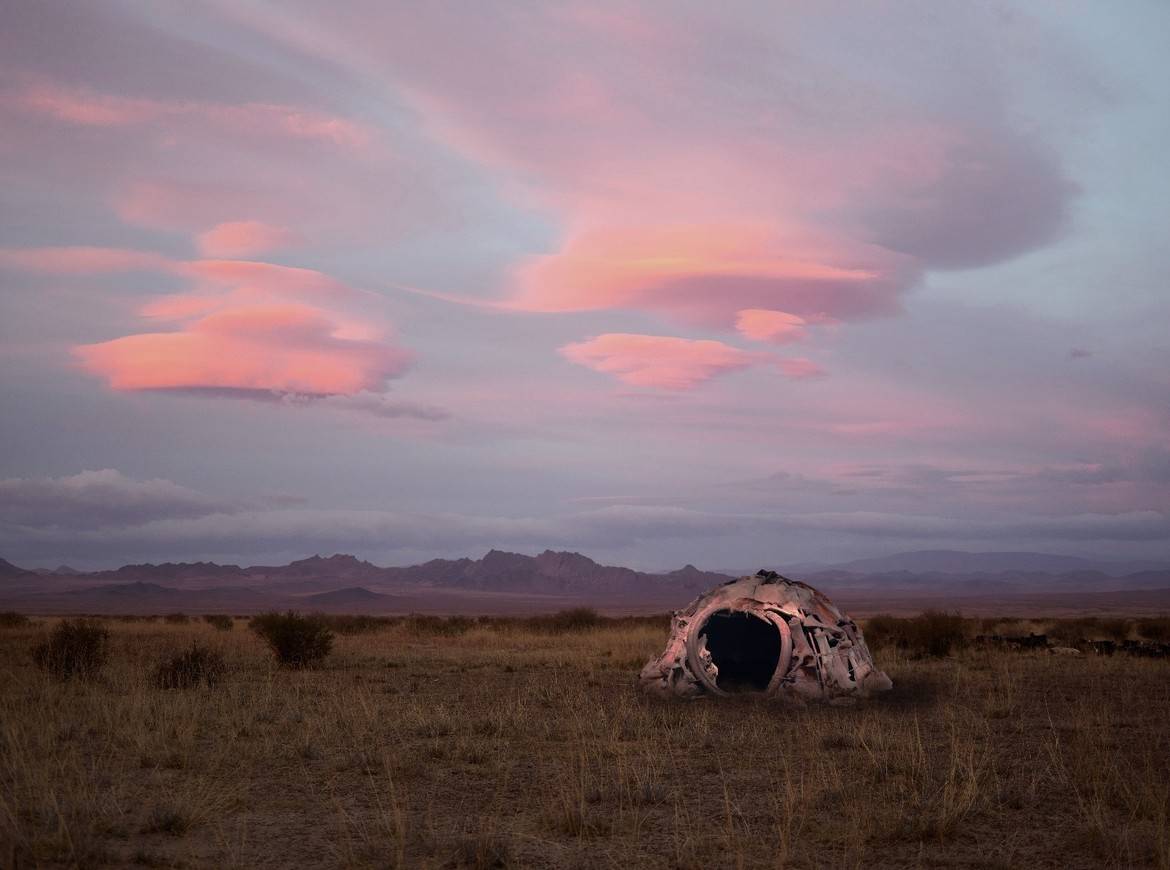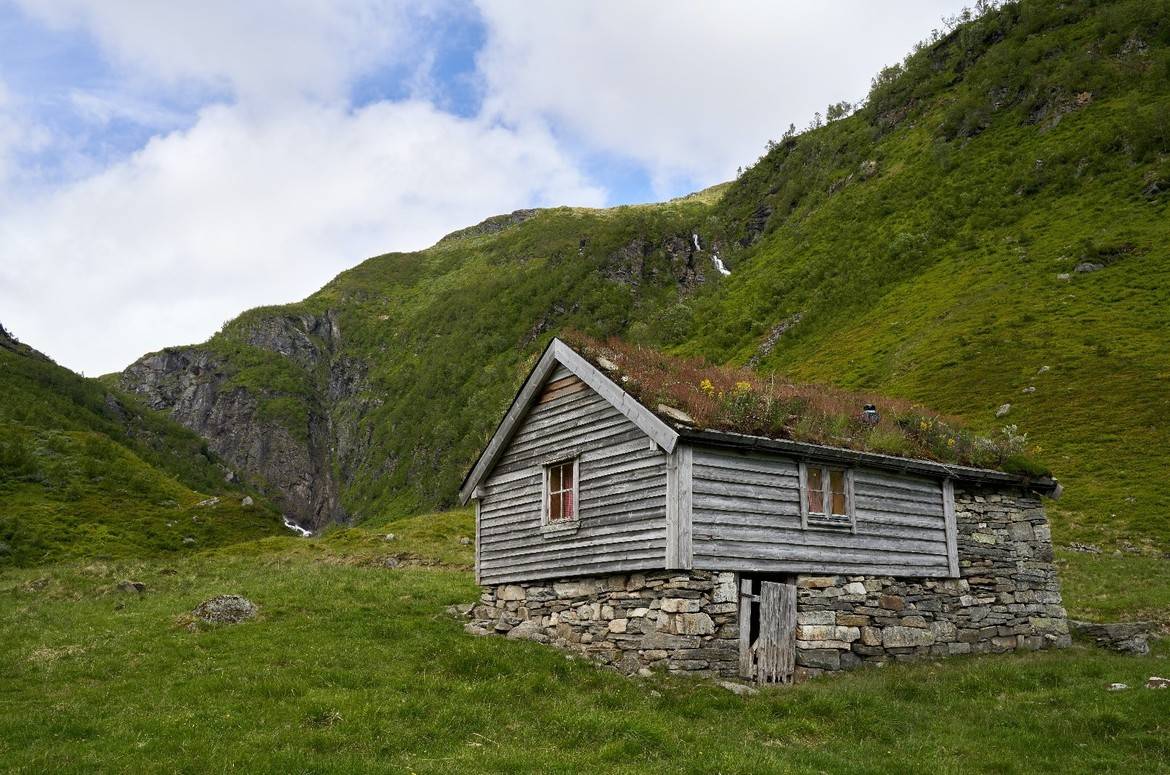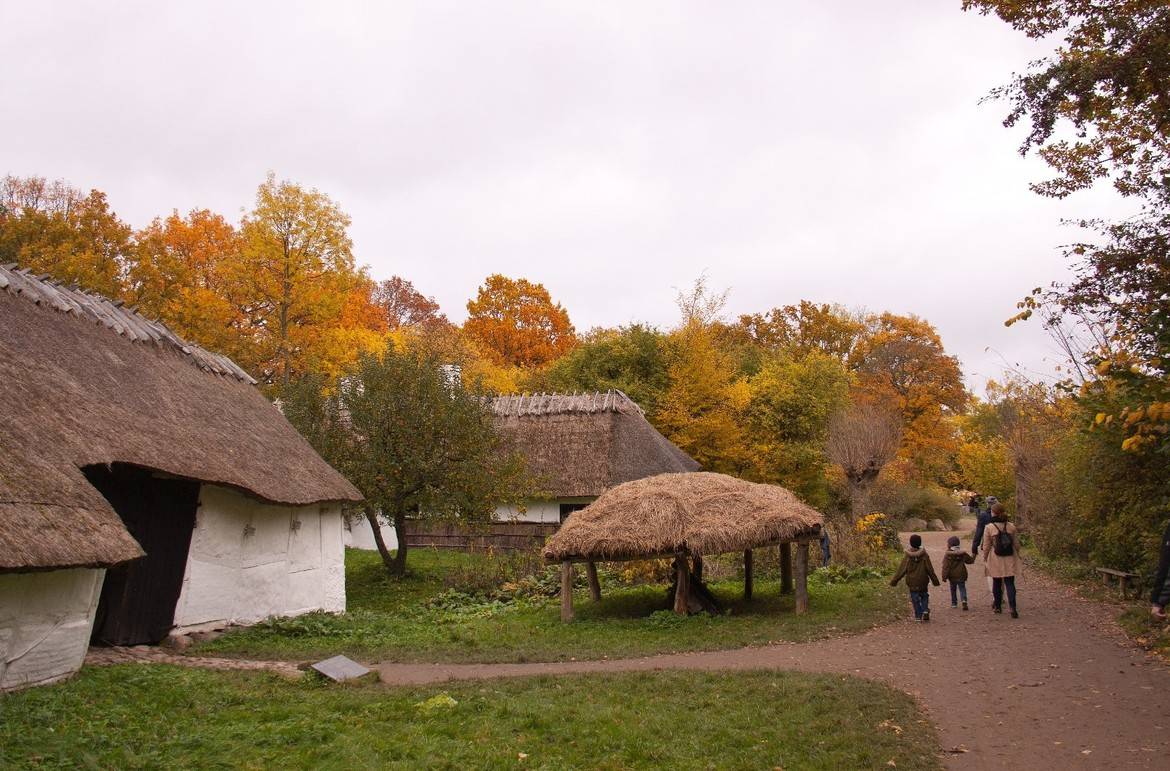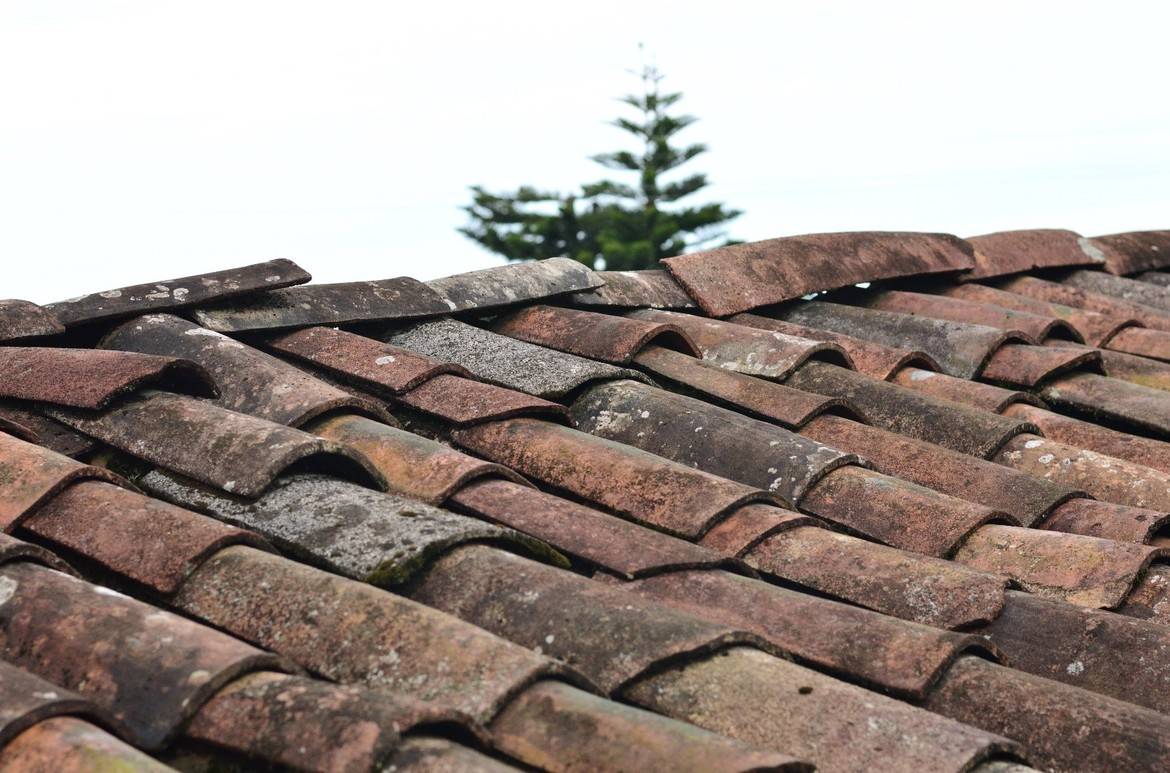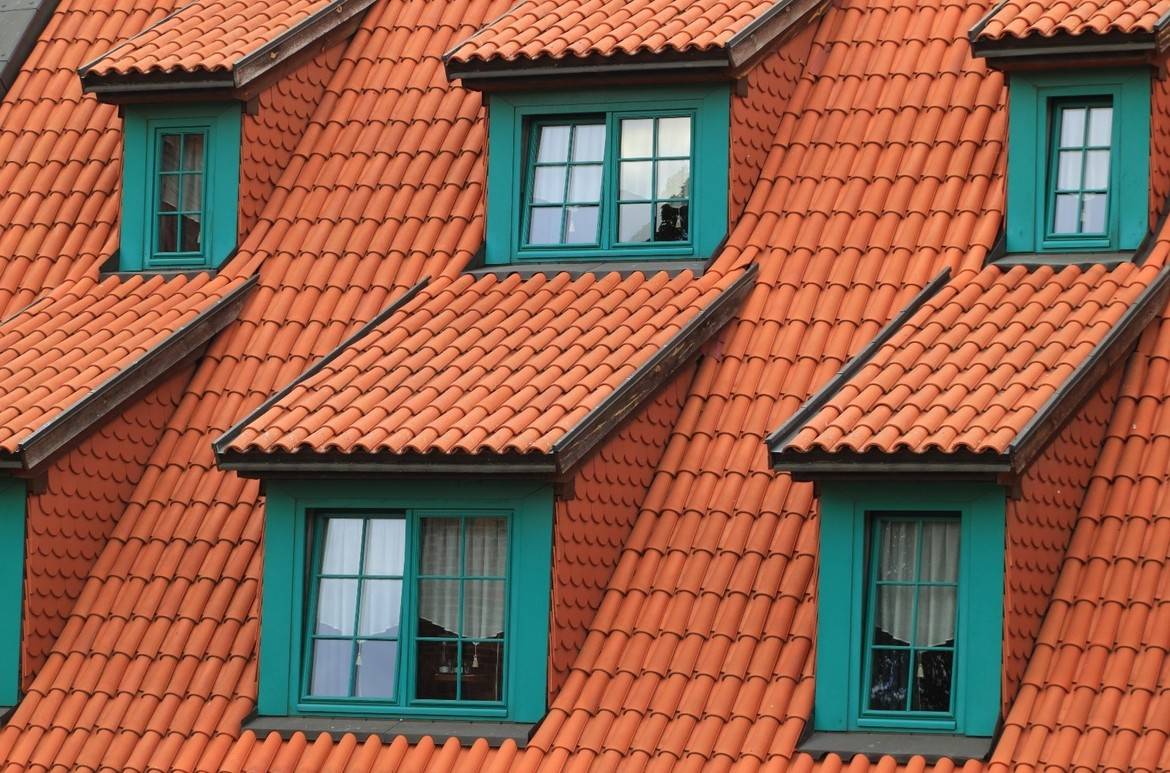The concept of a roof was known very early in the history of humanity. The pre-historic hunters and gatherers retreated into caves to get away from inclement weather and other dangers. However, they needed to find more flexible solutions for longer hunting trips.
What were the roofs of the oldest civilizations?
The oldest roof was supposedly made of the skin of a woolly mammoth in Siberia around 42,000 years ago. Soon afterwards, small settlements of huts built with mammoth tusks and branches covered with skins and mud sprung up.
The roofs of early civilizations were made with various combinations of brick, wood and mud reinforced with vegetation until the first roof tiles supposedly emerged around 3,000 BC in China. Roof tiles also started to be used in Ancient Greece and Babylon around that time. Later on, the usage of roof tiles spread almost throughout Europe with the Romans.
The surrounding materials and the development of the civilization dictated the construction and the roofing. Ancient civilizations, for example, mostly featured roofs made of mud brick and
straw in north Africa, the Middle East, India, and South America. Baked clay roof tiles and stone were prevalent in southern Europe and the Far East. Straw and wood shingles were mostly used in central and eastern Europe. Scandinavia and Siberia mostly featured grass-covered roofs.
Changes in the form of roofs
Not only the materials but the forms of the roofs kept changing throughout history. Completely flat roofs were prevalent in the equatorial belt since no pitch was needed due to the lower amount of precipitation.
Due to the longer rainy seasons, multi-tiered hip roofs (or sometimes roofs with even more sloping sides) developed in China. A typical example is the pagoda. Ancient civilizations of the northern Mediterranean featured single-pitch and gable roofs with the pitch increasing the further north we go.
Even though cupolas were already featured in simple tents made with branches or mammoth tusks, the first preserved mathematically correct cupolas were constructed in Ancient Rome around 100 AD. Roman architects realized that they could obtain a stable form by rotating the arch. First, this was used predominantly for religious structures.
Around 700 AD, the cupola architecture spread to the Middle East where its development is closely related to the spread of Islam since it became a constituent part of mosques. The first cupolas were supposedly entirely made of wood. Later on, only the ribs were wooden and covered with stone or tiles. Larger structures only featured stone- and later concrete-built cupolas, for example on the Pantheon – Roman concrete (opus caementicium).
Clay and ceramic roof tiles as a sign of wealth and prestige
Due to the progress in Europe almost coming to a complete standstill in the Middle Ages, slate and wood shingles were more prevalent with thatching in the countryside instead of baked roof tiles. Clay and ceramic roof tiles were a sign of wealth and prestige, thus mostly appearing on religious structures and castles/palaces.
Most of the population, however, had to rely on wood and straw, which were prone to accidental or deliberate fires. After the plague epidemic in Europe, which decimated as much as 30 % of the European population, roof tiles became more accessible and prevalent.
Industrialisation as the driving force behind the development of roofs
In the last 200 years, industrialisation has contributed greatly to the development of roofs. Manufacturing facilities and factories produced roof tiles en masse with them soon becoming the prevalent roofing material across the entire developed world, followed closely by slate, depending on its availability.
The usefulness of roof tiles was improved by the invention of the system for fixing the tiles onto roof battens, which allowed for roofs with steeper pitches.
What are roofs like today?
New materials and roof manufacturing methods emerged in the 20th century, which extended their service life and let the user adapt their appearance.
Author:
Tomaž Križnar, u.d.i.a. (Arhinova, d.o.o.)
